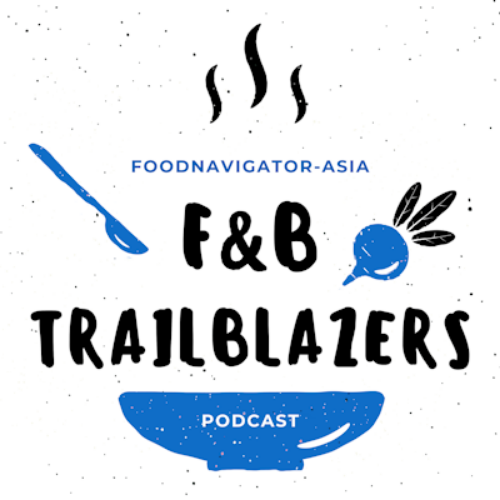Breaking status quo: Asian food industry needs to push beyond digital ‘comfort zone’ for AI tech to see breakthrough

Artificial intelligence has been a major buzzword within the food industry in Asia in recent years, but till date large-scale implementation has yet to be seen especially amongst small to medium-sized enterprises in the region.
“A lot of the time the problem in the food and beverage industry here is that we've become so used to doing the same thing over and over again, even when it comes to the pen-and-paper style of management which many would consider outdated, as it has been what we are familiar with for a long time,” fruit trading firm and food supply chain AI firm DiMuto Founder and CEO Gary Loh told FoodNavigator-Asia.
“This has put a lot of players in this sector firmly into a digital comfort zone as the mindset is simply not there yet – an analogy I can give is for example when smartphones came around, many people were stuck on the idea that phones were just meant to be used for calls and nothing else so there was no need for this tech, but years later they have all changed.
“This is roughly the stage where AI is at within the food sector in Asia now – there are many who roughly understand what AI is and what it can do and the benefits it can bring, but the mindset is not yet at the point where they feel there is a need for large-scale change.
“So this is why there is such slow change taking place for AI in Asia, but as more industry challenges such as food safety issues, food security issues and food sustainability issues are emerging, all it will take is for these food firms to realise that AI is a way to deal with all of these, and it will become the smartphone of the sector.”
Cost still top concern
That said, Asia is an incredibly price sensitive market, and given AI is not yet a commonplace strategy the price of implementation tends to be higher, which then becomes a barrier for companies wanting to implement it, essentially becoming a vicious cycle.
“The major turning point will likely be when food companies both have that mindset change and realise that AI can actually help them to improve efficiencies and save costs in the long run,” Loh added.
“A big part of this is regarding wasted product or logistics costs – we have seen cases where hundreds of thousands of dollars of fruits or vegetables had to be destroyed after being rejected by customs due to documentation errors as there was no way to ship these back to the seller or sell these before they were spoilt, but AI monitoring and tracking can help to avoid such cases.
“Another example would be the major Listeria outbreak in Australia that affected many watermelons a few years back, where every single Australian melon had to be thrown away regardless where it was picked or packed – if the tech to identify which melons were really affected was in place, thousands of dollars of waste would have been avoided.”
Another area of potential cost savings lies in using AI for product monitoring and quality control that can be completed in a much shorter span of time, allowing faster and more efficient operations.
“This is the level of AI that some firms are starting to implement now, where AI-based machines are used for inspection,” he added.
“This technology has the ability to inspect the fruits whether in terms of correct colour, correct size, presence or absence of blemishes and actually really do whatever it is taught to check for to ensure the final shipment is fit for travel
“It can do this in a fraction of the time that the human eye can, which thus cuts operational time and costs short in the long run..”












